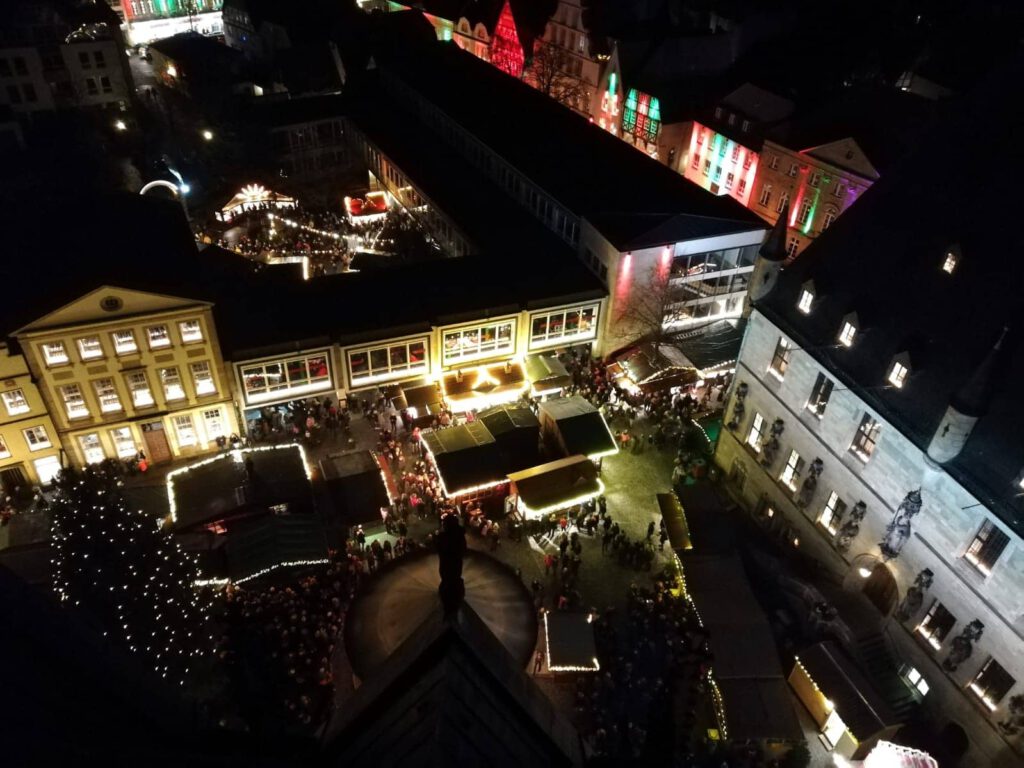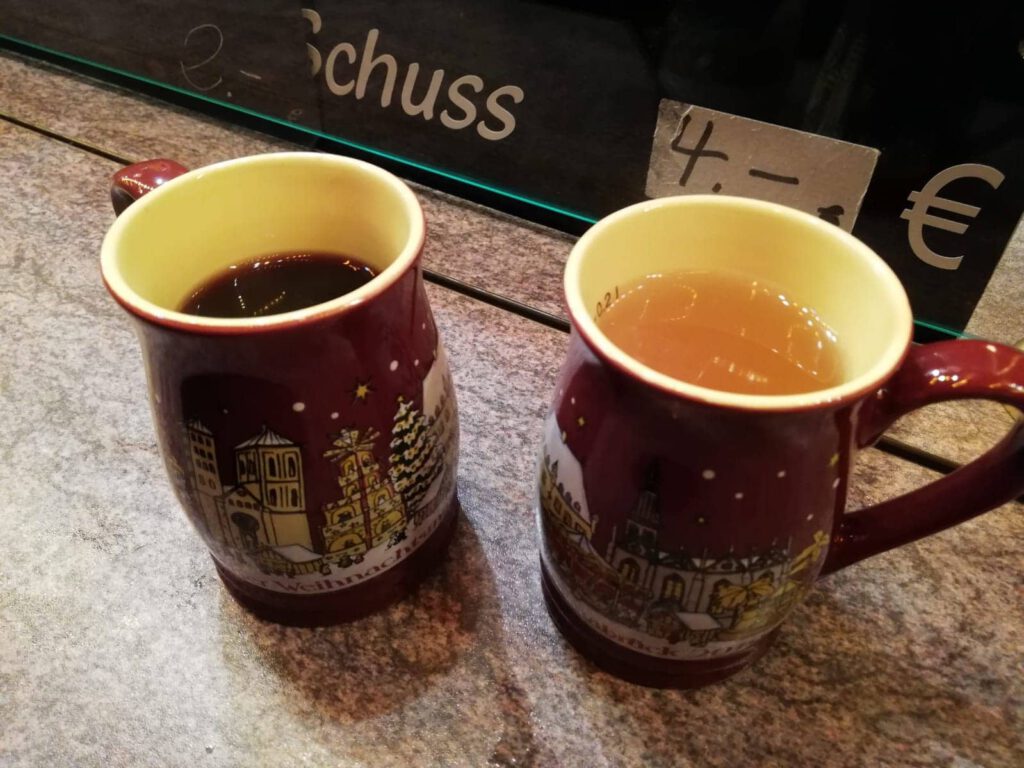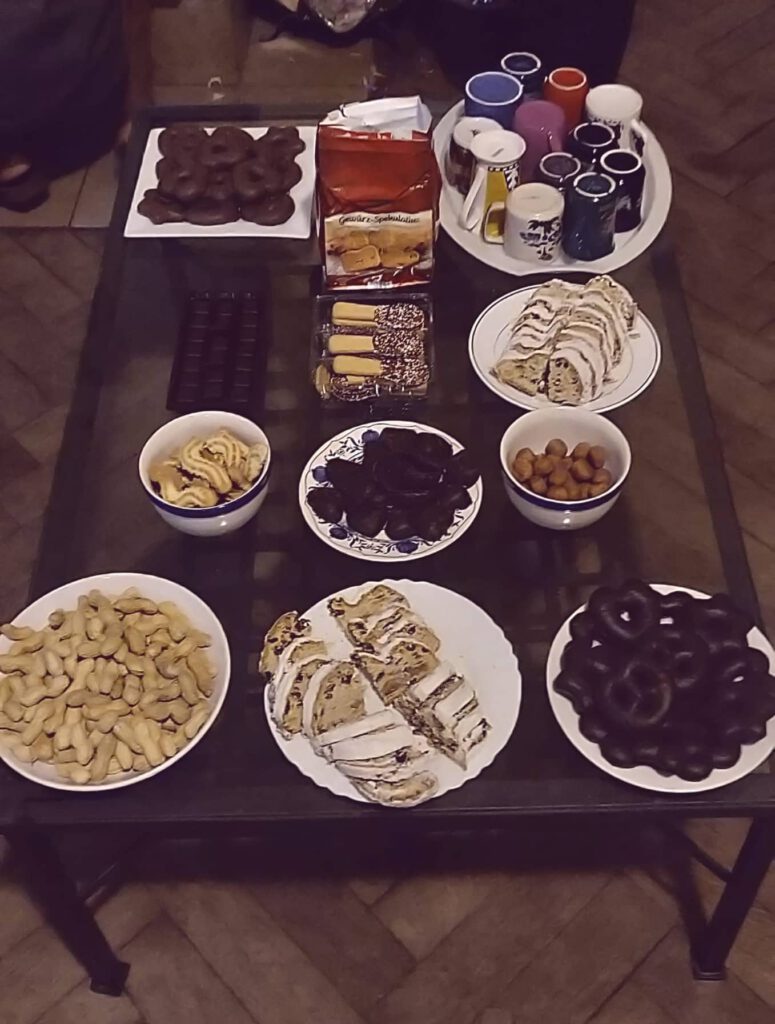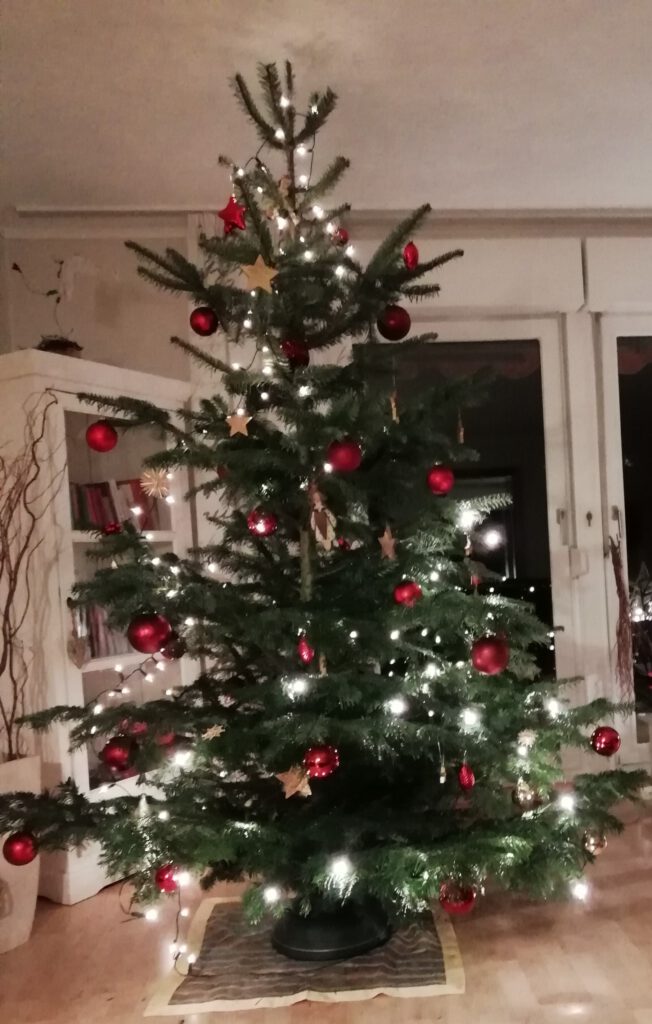“The fireplace is burning bright, shining along me
I see the presents underneath the good old Christmas tree
And I wait all night ’til Santa comes to wake me from my dreams
Oh, why? ‘Cause that’s Christmas to me” ~ Pentatonix
With the holidays right around the corner, The AEGEEan decided to have a glimpse into the holiday traditions in different parts of Europe. Surely, Europe, a land of diverse colourful cultures has some interesting holiday traditions and stories. So buckle up and as Frank Sinatra said, “Come fly with me, we’ll fly, we’ll fly away”. Next stop; Germany!

Christmas time in Germany officially begins with a hot cup of Glühwein (mulled wine) at one of the few thousand Christmas markets in the country, which already open at the end of November. As soon as it gets dark, hundreds of lights start to glow and squares fill up with people whose cheeks and noses will be reddened soon – either because of the chilling cold or the third cup of hot wine. The smell of roasted almonds is in the air and through the babble of a thousand voices, you will sometimes hear people singing Christmas carols.
As soon as you visit the Christmas market, you probably already have your Advent Calendar ready at home. As an important countdown to Christmas, the Advent Calendar is not only popular among children but also an important part of the pre-Christmas period for adults. Every day of December before the 24th., a window in the Advent Calendar is opened to reveal a poem, a picture or a piece of candy. It is quite common as well that people give gifts to their loved ones with a self-made calendar filled with small gifts or letters.

Another major ritual before Christmas is the lighting of the candles of the Advent wreath, which takes place every week from the first Sunday of Advent. The wreath usually consists of four candles in a bed of pine cones, berries and Christmas ornaments. Many families use the lightning of the candles on the four Advent Sundays until Christmas as an occasion to come together, listen to some Christmas songs and have some Lebkuchen (gingerbread). Speaking of Lebkuchen: Germans love baking and eating numerous kinds of sweets during Christmas time. An important tradition is the baking of Christmas pastries, which – regardless of whether you do it with your family, your flatmates or your friends – is always fun and brings some Christmas spirit with it. This is especially the case when you do it accompanied by some fitting songs like for example „In der Weihnachtsbäckerei“ („in the Christmas bakery“), a song which probably every German knows – a lot of them already from their early childhood. Famous pastries are for example Vanillegipferl (vanilla-flavoured crescent cookies) and Zimtsterne (cinnamon star-shaped cookies). Another tasty traditional Christmas sweet is „Stollen“, a cake made of flour, dried fruits, nuts and spices.
Besides Glühwein there is another hot drink, which is typical for Christmas time and not only brings convivial evenings, but also a severe headache with it. Feuerzangenbowle, as it is called, is prepared by setting a rum-soaked sugar leaf on fire and letting it drip into mulled wine. Due to this specific way of preparation, for some people the ceremony is more important than the drink itself.

There is also an old German film, which is called „Die Feuerzangenbowle“ and is very popular during Christmas time. Another typical Christmas movie is „Drei Haselnüsse für Aschenbrödel“ (a bohemian variation of the classic Cinderella fairytale), a Czechoslovak/East German fairy-tale film from 1973. An important date during Advent is the 6th of December, which is Nikolaustag. This day is dedicated to St. Nikolaus of Myra, an early Christian Saint. Though Santa Claus has also become popular in Germany, the Nikolaus tradition is still kept alive annually. This is especially the case in the more Catholic parts of Germany, where St. Nikolaus is usually portrayed as being dressed like a bishop and riding a horse. It is common within many German families that children either put their boots outside on the night of the 5th of December in expectation of sweets or Nikolaus himself – for example in the form of a disguised family member or a neighbour – comes to visit in order to bring small gifts. Sometimes St. Nikolaus also asks the children if they have been good in the past year while ostensibly checking his golden book for their record.
Having consumed a noteworthy amount of Glühwein, Stollen and Vanillekipferl, it is finally time to light up the fourth candle on the Advent wreath. With Heiligabend (Christmas Eve) around the corner, most of the families start decorating their Christmas tree with shiny Christmas baubles, golden candles or light strings and wooden stars. In the afternoon or the night of the 24th of

December, many families go to church to listen to the biblical Christmas story and to sing Christmas carols before having dinner. Even though a steadily decreasing amount of Germans identify themselves as religious, churches are usually really crowded on the 24. of December. Many people also attend midnight masses, which often hold an especially festive atmosphere. Dinner is different within every family: Some families serve potato salad with sausages, while others eat roasted meat or raclette. Gifts for the children, which are put beneath the richly decorated tree are -especially in the southern parts of Germany – usually brought by Christkind (little Christ Child), which rings a small bell when it put the gifts underneath the tree and then disappears without a sound. In the next morning, when it still smells like candles, the branches of the Christmas tree and gingerbread in the living room, children are usually awake early dedicating themselves to their new acquisitions. The rest of the festive season is usually spent visiting the rest of the family, eating, watching Christmas movies, eating, trying to reflect on the past year and eating.
After some quiet days of contemplation, New Year’s Eve is usually spent with family or with friends. Often Raclette or Fondue are served. A lot of people like to go to buy firecrackers or make fireworks themselves, while others prefer watching the official countdown from Brandenburg Gate live on TV. Regardless of whether one spends the night at home or goes to a huge New Years Party: A tradition most Germans don‘t like to miss is watching Dinner for One, a British black-and- white-sketch, which is hilarious and somehow became a tradition in Germany. This way, a lot of Germans start with laughter into the new year. When you celebrate New Year’s Eve in Germany, you will probably hear people say „Guten Rutsch ins neue Jahr!“, which literally means „Good slide into the new year“. In this way, people wish you a smooth transition from the old year in the new one.
In this spirit: Frohe Weihnachten und einen guten Rutsch!

